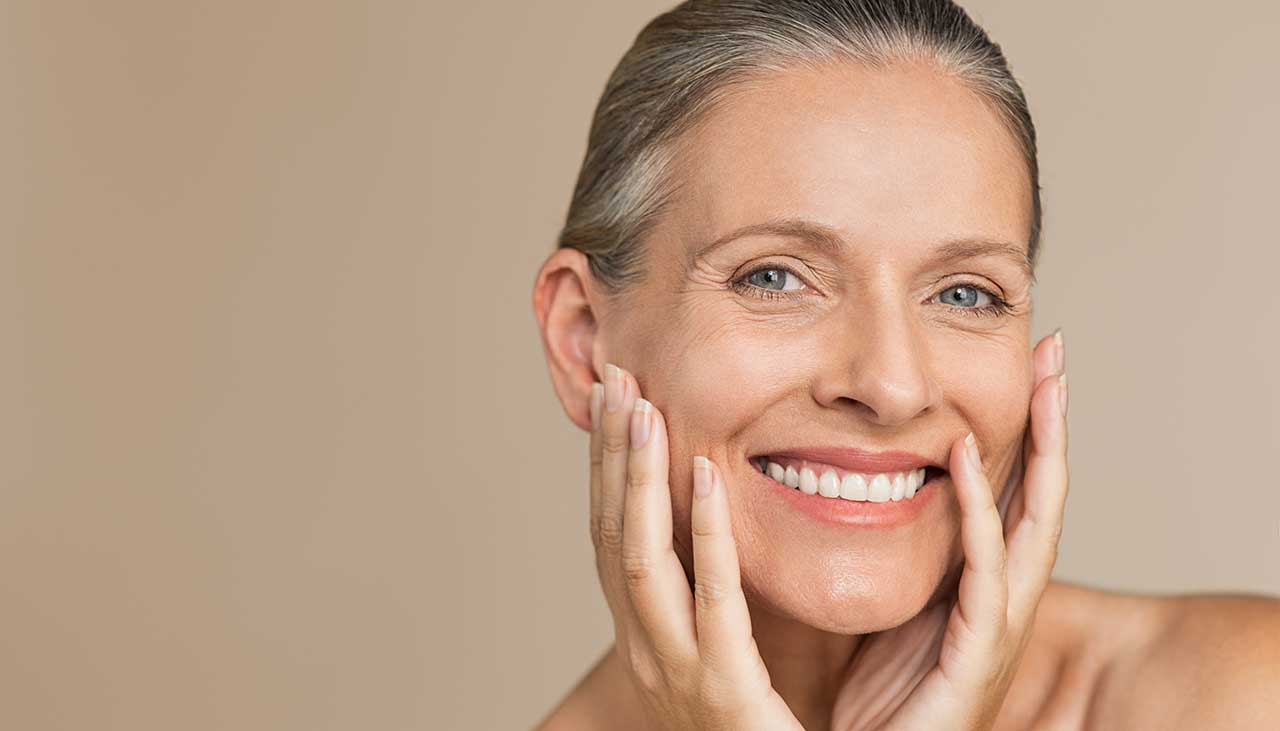
Face acne affects around 50 million Americans each year, making it a very common condition. In most cases, acne on the face is effectively treated with both prescription and over-the-counter medication. But failure to treat bumps and a tendency to pick at them can lead to permanent discoloration and scarring. The face is also extremely exposed, which means facial acne is especially prone to infection and further inflammation.
When preparing to visit the dermatologist for face acne, pay attention to several factors. Is the acne recurring in the same spot? How painful does it feel? How often do you experience breakouts, or are they chronic? This information can be very helpful to our Chesterfield clinicians, as it can point to a more specific cause than a visual exam alone.
Nearly every type of acne can appear on the face, but some conditions can be more painful and widespread than others. Most facial acne manifests as inflamed bumps, but there are key differences between these growths that can indicate the best acne treatment method. Whether your breakout is minor or severe, seeing a dermatologist can clear up the condition with no or minimal scarring. Below, we’ve outlined the most common forms of acne on the face.
It can be difficult to understand what causes facial acne, but the location of your breakout can provide helpful clues. Called face mapping, this is an easy way to figure out the type of breakouts you have and the best facial acne treatment for your skin. You can also find information about back acne and shoulder acne.
However, it is important to remember that this identification strategy is only able to approximate a cause. If you’re struggling with painful lesions or recurring outbreaks, regardless of your ability to identity them on the face, it’s time to see a dermatologist. Additionally, acne shares symptoms with other, non-acne conditions, like scabies and seborrheic dermatitis. Only a doctor can discern the exact type of acne you are experiencing and prescribe an effective treatment.
Don’t hesitate to see a dermatologist for face acne. A medical professional can prescribe a facial acne treatment that addresses your condition and leads to no or minimal scarring. Getting a consultation is the best way to develop a treatment plan that works with your skin, condition, and lifestyle.
Contact us to schedule an appointment